2025 Lineup: 25 plants, 11 species, two friends to do all the work.
-

What We're Planting
When you purchase your Pint-sized Prairie, you get a total of 25 plants comprised of these 11 species.
We have a lot of love for a lot of plants, which allows us to change up our lineup of plants each year. This year, we are excited for the addition of Slender Mountain Mint and June Grass, and have selected the shorter Rough Blazing Star to replace Meadow Blazing Star.
Price: $150
Includes: Site prep, 25 plantings (9 grasses and 16 wildflowers), and maintenance and support as your Pint-sized Prairie develops.
-

Butterflyweed
Asclepias tuberosa; 1-2 ft, Bee Favorite, Monarch Host Plant
Like all Milkweeds, Butterflyweed is a host plant for the declining Monarch Butterfly, and a favorite of numerous bee species when it flowers in summer. Its tendency to mature quickly, tolerate drought, and modest size make it an excellent addition to any prairie.
-
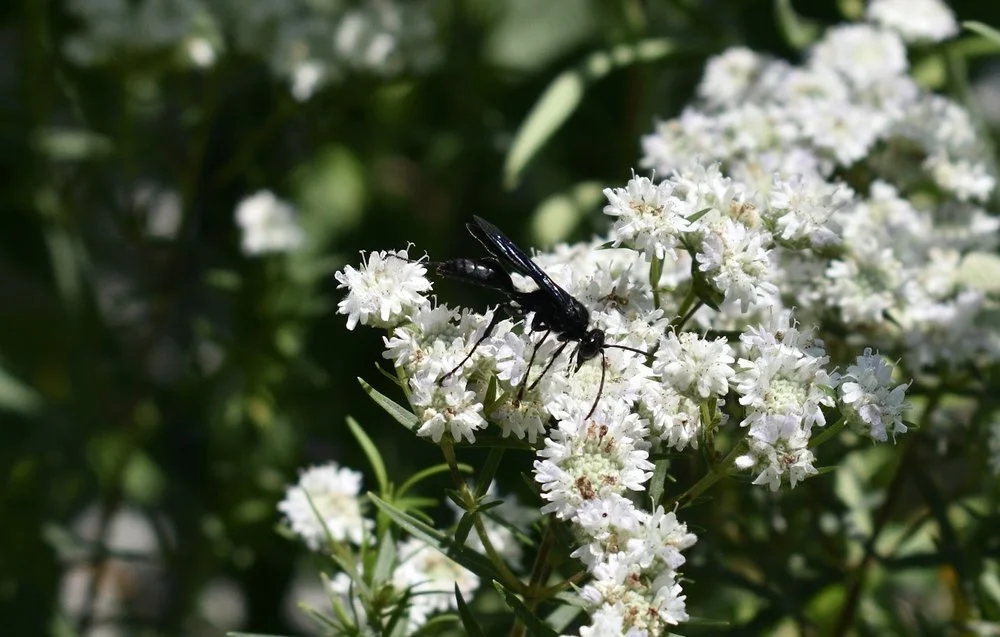
Slender Mountain Mint
Pycnanthemum tenuifolium; 1-2 ft, Pollinator Magnet, Readily Self-seeds
Slender Mountain Mint is a lower-growing native mint species, and its charming white flowers are a favorite of bees and harmless solitary wasps. Like others in the mint family, it easily self-seeds and can help fill out a prairie plot over time.
-

Spotted Horsemint
Monarda punctata; 1-2 ft, Establishes Quickly, Pollinator Magnet
This exotic-looking member of the mint family will commonly flower in year one and easily self-seed, making it a great species for establishing new prairies.
Many pollinators, including harmless, solitary wasps and medium-sized bees, feed on its nectar. As they do, Spotted Horsemint sneakily deposits pollen on their back, making it easy to tell what bugs have visited your flowers. We love this plant.
-
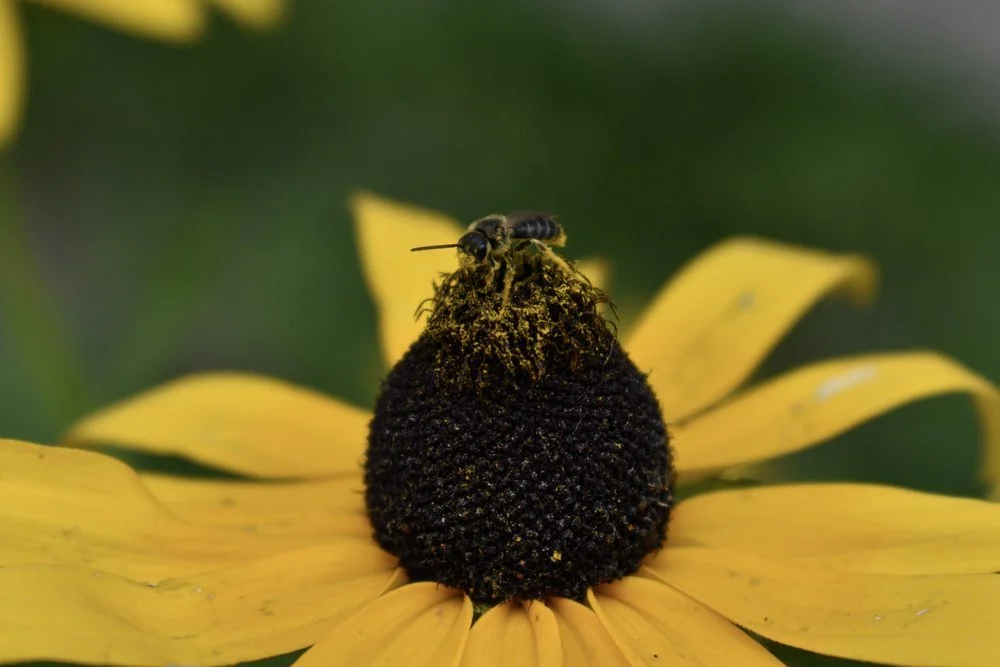
Black-eyed Susan
Rudbeckia hirta, 2 ft
With flowers that attract a myriad of pollinators and leaves that feed caterpillars of many moth species, this quick-to-establish member of the Aster Family offers year-one beauty and exceptional ecological importance. A prolific self-seeder, Black-eyed Susans will spread their cheerful flowers to any available space in your prairie.
Establishes Quickly, Long Bloom Time
-
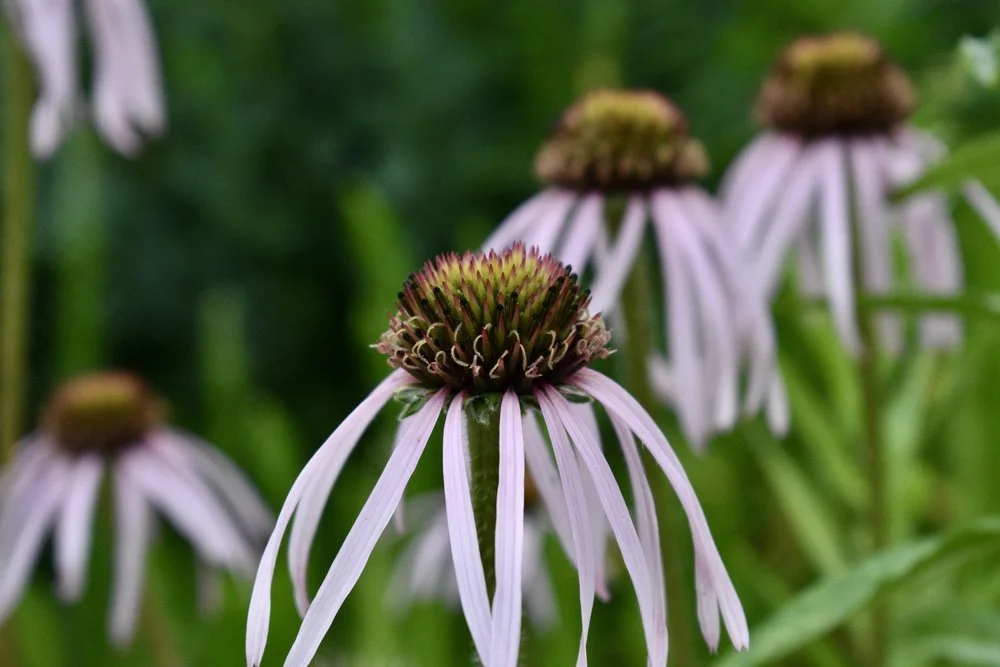
Pale Purple Coneflower
Echinacea pallida; 2-3 ft, Drought Tolerant, Rare In Wisconsin
Considered threatened in Wisconsin, this symbolic prairie species is a cornerstone to any prairie restoration in southeast Wisconsin. Pale Purple Coneflower is closely related to Purple Coneflower but has a dense taproot and is well-adapted to drought.
-
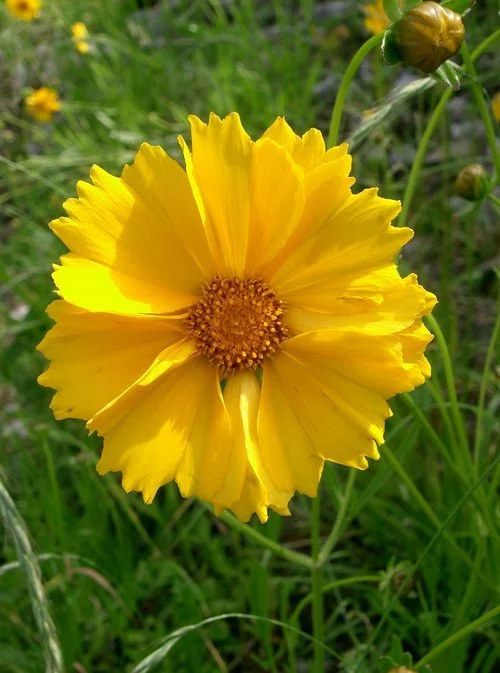
Lanceleaf Coreopsis
Coreopsis lanceolata, 1-2 ft, Drought Tolerant, Long-lasting Blooms
It may be underappreciated in gardens and uncommon in the wild, but Lanceleaf Coreopsis was an easy choice for us to include. Numerous species of bees will visit its abundant and long-lasting yellow flowers. It will often flower in the first year, and is especially suited to withstand drought.
-
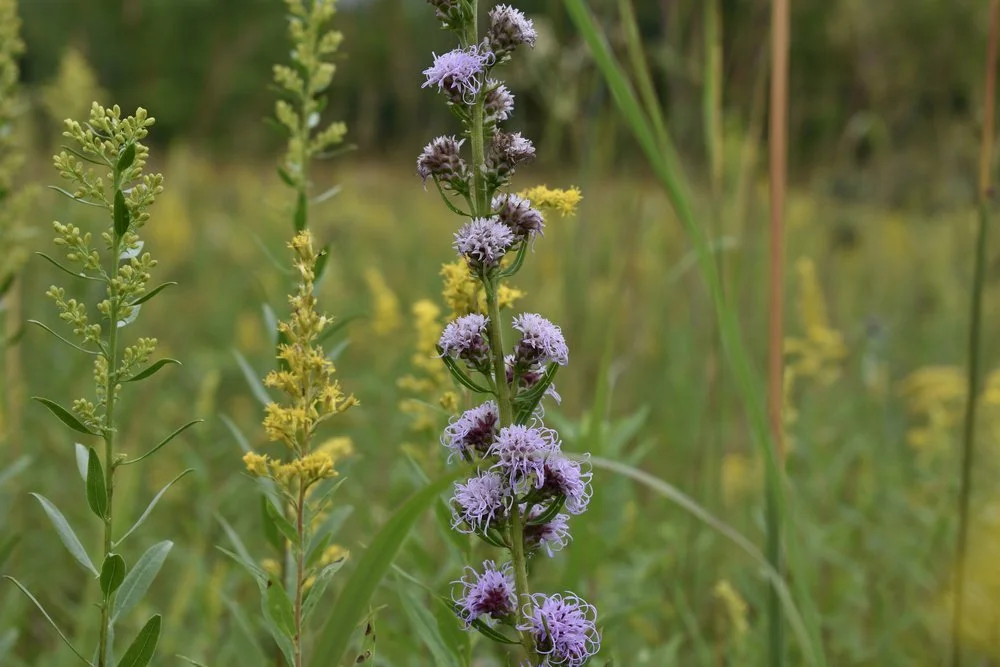
Rough Blazing Star
Liatris aspera, 2-3 ft, Monarch Favorite, Drought Tolerant
Highly adaptive and a Monarch favorite, Rough Blazing Star offers late-summer beauty with its purple spires. Planting beside Lanceleaf Coreopsis provides a stunning contrast and packs some significant ecological value. Monarchs will readily visit the valuable nectar to prepare for migration.
-

Western Sunflower
Helianthus occidentalis, 3 ft, Long Bloom Time, Habitat Specialist
We HAD to include a sunflower! Western Sunflower is the smallest of our native sunflowers but provides enormous ecological value.
Bees will visit the flowers atop its branching stalks, and the caterpillars of many moth species will feed on its leaves. Spreading by rhizome, Western Sunflower will fill in newly established prairie patches as it matures.
-
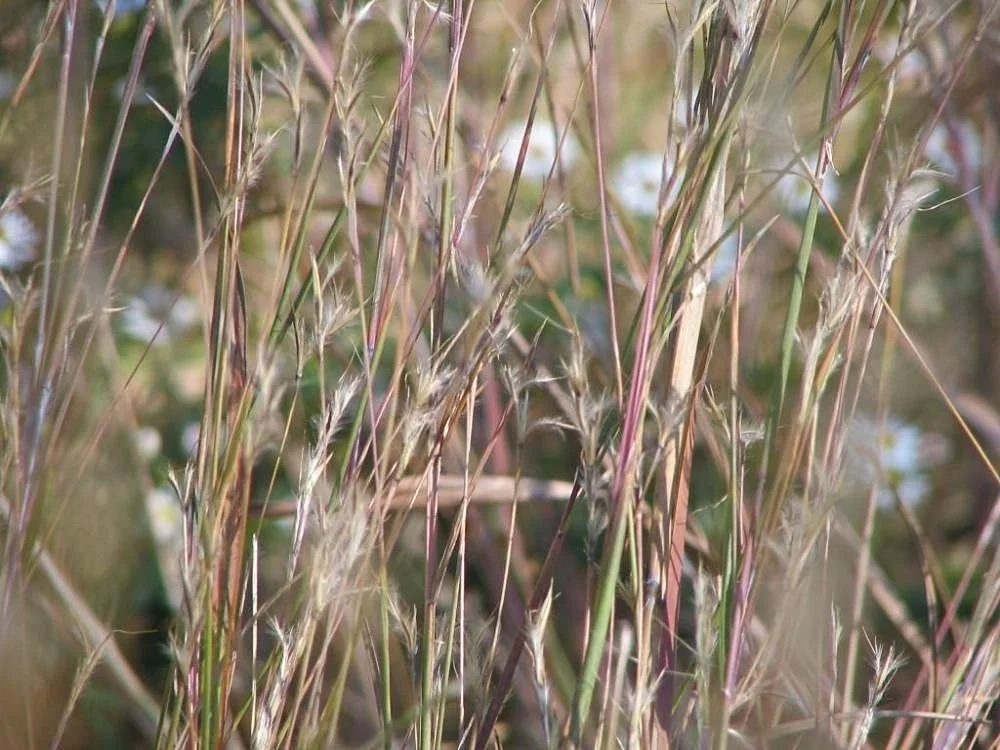
Little Bluestem
Schizachyrium scoparium, 3 ft, Year-round Interest, Provides Structure
Staying low in height, colorful in fall, and providing winter interest, Little Bluestem is quite possibly the perfect grass for the region. With a bit of sunlight, this hearty grass will find a way to survive, spreading to fill in your prairie over time. Provides valuable structure and support to other plants
-
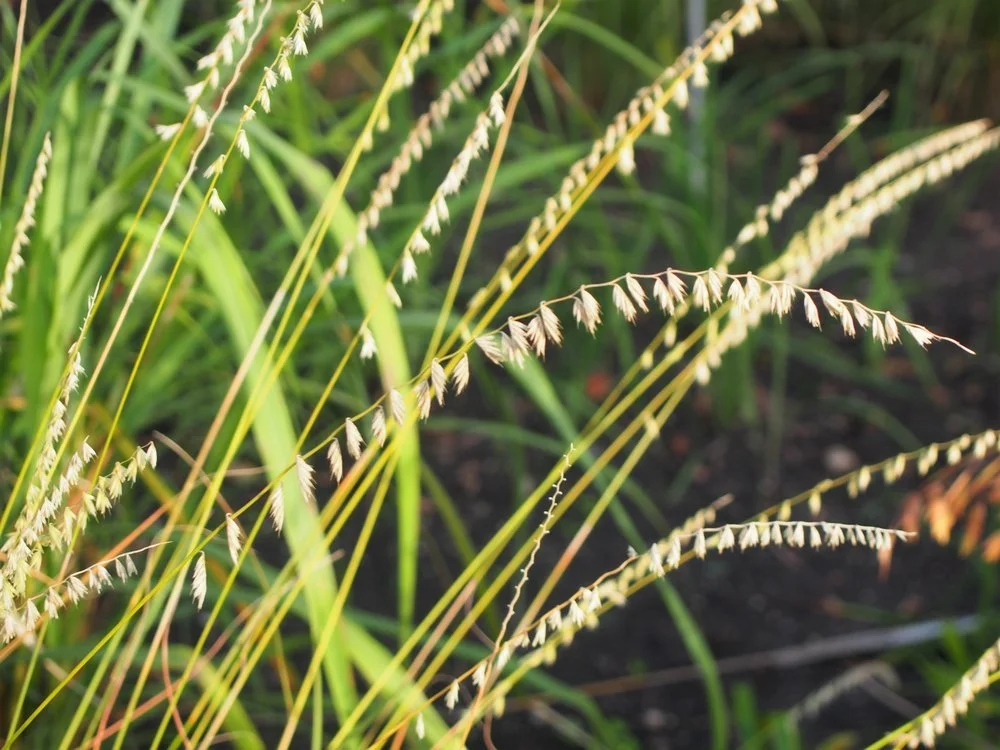
Side Oats Grama
Bouteloua curtipendula, 2 ft, Unique Texture, Drought Tolerant
You might forget you even have this grass until late summer when it forms its distinctive hanging seeds. Like Little Bluestem, Side-oats Grama needs just a little sunlight to thrive. These two grasses are often planted together, creating the cornerstones of many native prairies.
-

June Grass
Koeleria macrantha, 2 ft, Cool-season Grass, Unique Floret
Like the turfgrasses used in conventional landscaping, June Grass is a cool-weather grass that grows in spring and fall. Its silvery tufts of seeds offer a flash of color in late spring, which dull to tan in midsummer heat. June Grass offers browsing material for small mammals.
